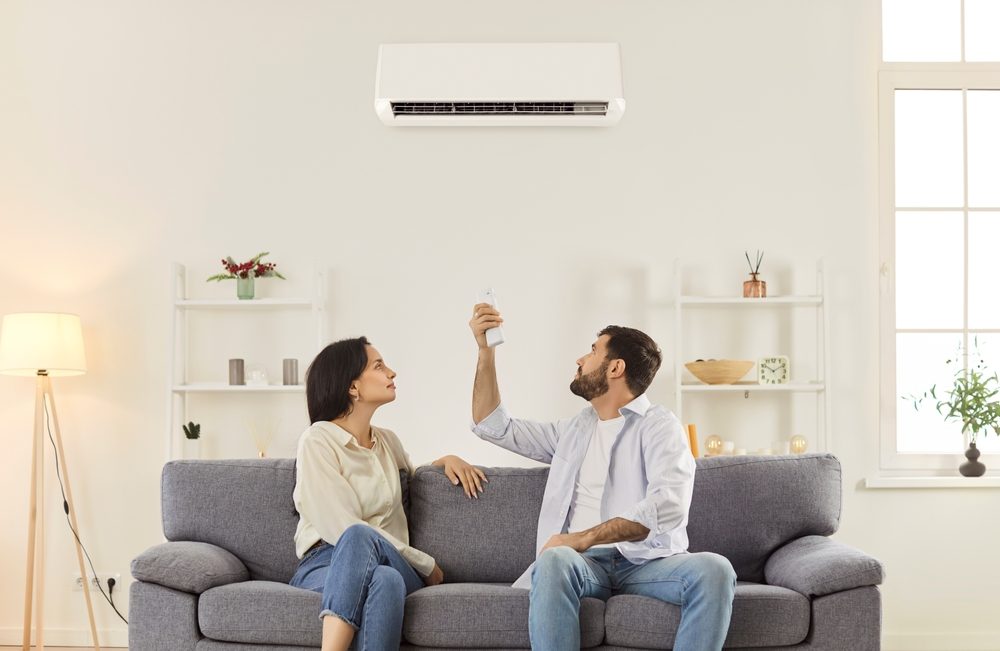Your home, an allergen-free zone

The beautiful weather is back, how lovely! However, it also means the start of the pollen season… Are you one of the 3 million Belgians who suffer from hay fever? Does this sunshine mean a runny nose and allergy for you, even with the advice and medication you are given? Did you know that it is very easy to alleviate your hay fever by adopting good ventilation habits in your home? Check out our tips!
What exactly is hay fever?
In mid-summer, you suddenly have all the symptoms of a cold: you have a runny nose or a blocked nose, you’re sneezing, your eyes are watering, you have a headache… You may even have a sore throat or mouth. In short, you’ve felt better. Are these symptoms familiar? You are probably suffering from hay fever. When the pollen content in grasses or trees comes into contact with the mucous membranes in your nose or eyes, an allergic reaction occurs. To find out if you actually have hay fever, it is best to go to your GP for an allergy test. Do not forget the cross-pollination test: people with hay fever are more likely to react allergically to certain fruits and vegetables, which contain the same allergens as pollen.
When does the hay fever season start?
The most difficult thing about hay fever is that it can last from February to August depending on the type of pollen you are allergic to. For some people, the hay fever season only lasts one month, while for others it is much longer. Either way, the more pollen there is in the air, the more pronounced your symptoms will be. It is therefore important to know when the flowering periods are in order to make the necessary arrangements.
● Grasses: May to September.
● Nettle: June to September.
● Birch: March to May.
● Pine and fir: April to May.
● Oak and chestnut: April to June.
● Alder and hazel: February to May.
● Sorrel: May to August.
● Plantain: May to September.
● St. John’s wort: July to August.
● Cypress: March to May.
First steps in dealing with hay fever
The first thing to do is to follow your doctor’s recommendations, but if you know the pollen you are allergic to, it is best to avoid it. For example, do not mow the lawn if your allergy is caused by grasses. Are you allergic to birch pollen? Don’t even think about that walk in the park… There are countless websites that list the different concentrations of pollen. Follow the recommendations and avoid outdoor exercise. But you’d prefer not to have to stay indoors? Then why not spend a day by the sea?
Goodbye to pollen in the home
To limit your symptoms, the ideal approach is to stay at home... as long as it does not contain pollen. Close your windows and choose a smart air purifier that filters pollen so that you can still enjoy fresh air. Pollen particles cannot withstand moisture, which is why it might be a good idea to clean your home thoroughly, wash your hair before going to sleep and dry your laundry inside.
Avoid additional irritants
As well as pollen, avoid other sources of irritation, such as cigarettes or strong odours. If you have sore eyes, do not wear contact lenses and rinse them regularly with warm water. Above all, don’t rub them!



